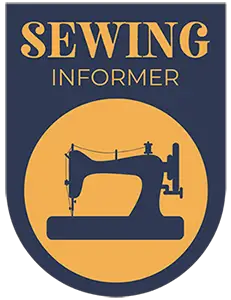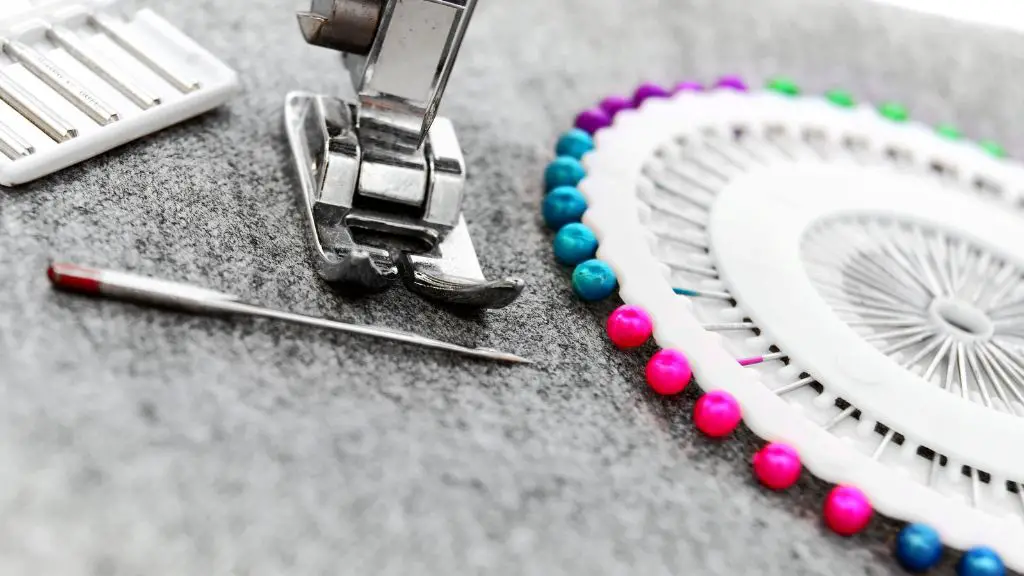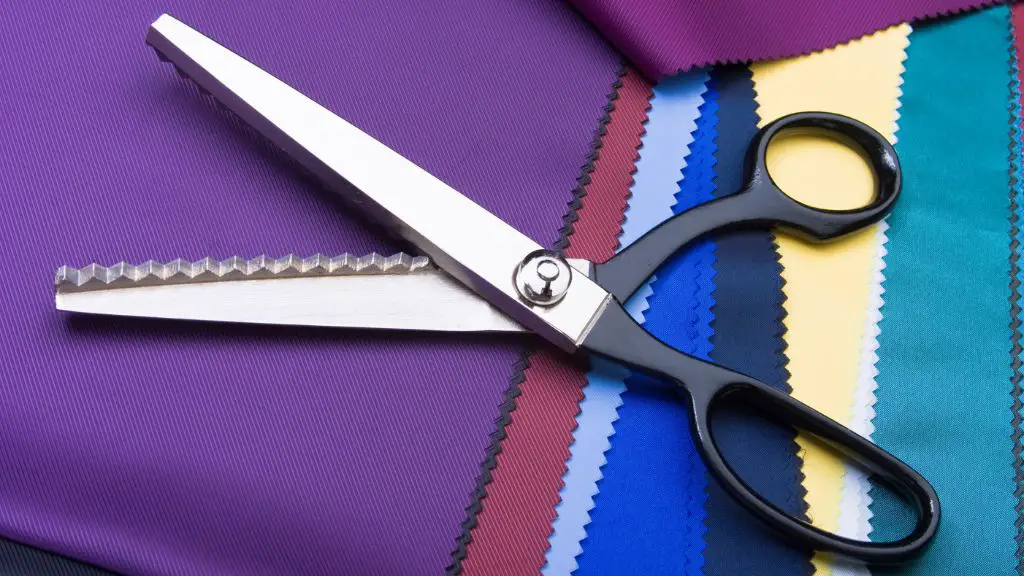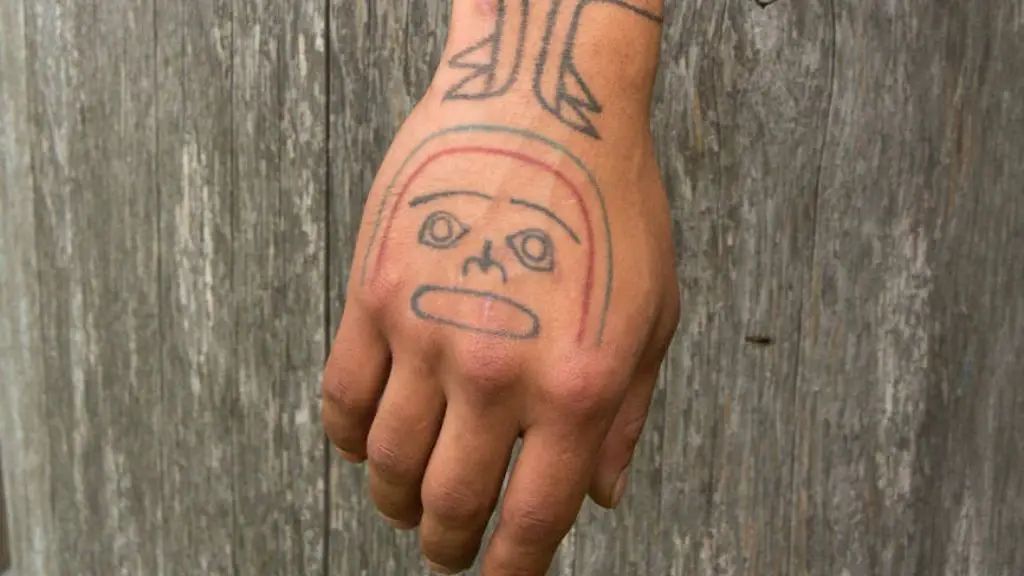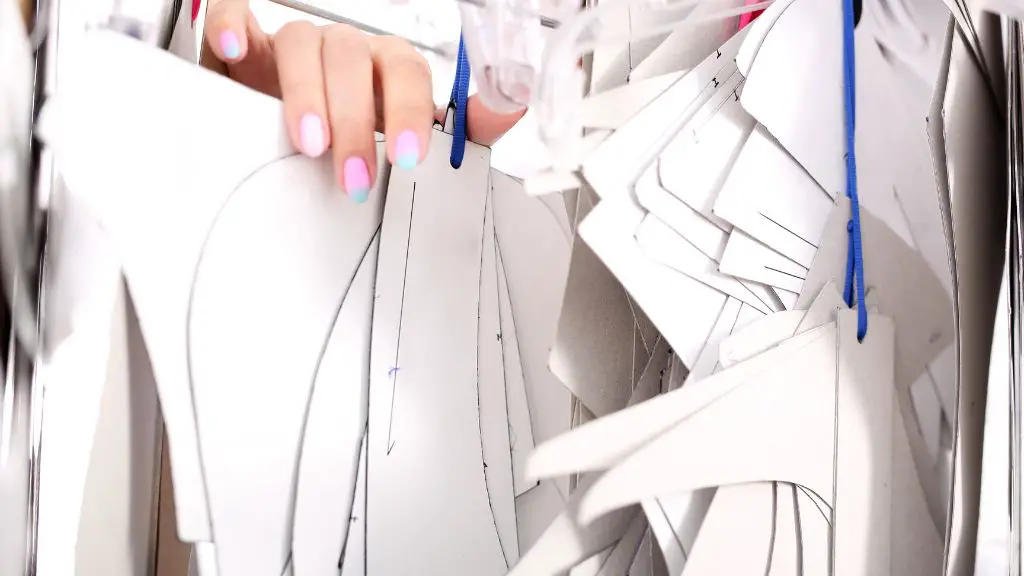Sewing machine needles are a critical part of your machine and your sewing project. It is important that you know if you are using the right one. For beginner sewers, one question may be burrowing at the back of your mind, and it might be, are sewing machine needles universal? Well, read further to know the right answer.
Yes, almost all sewing machine needles are universal. Sewing machines are built to accommodate the same style of the needle. It is important that you know the right type of needle to use so that the result will be the highest quality possible.
This article will discuss what you need to know about sewing machine needles, such as the different types. I will also talk about how you can determine the right size of needles to use, the lifespan of a needle, and how you can keep your needles from breaking in the middle of a project.
Sewing Machine Needles: Everything You Should Know
When it comes to sewing machine needles, most of them are universal. This means you can use them in most sewing machines. Now, there are top brands that suggest using their own needles in their machine. However, it doesn’t mean you would need to buy them.
You can still use different brands of needles in these top-brand machines, and you would still get the best result possible for your sewing project.
There are different types of needles that you can use, and they have different roles when it comes to sewing. The following section will discuss the types of sewing machine needles you can use and their different roles.
Different Types of Sewing Machine Needles
Universal and Handicap or Self-Threaded Needles
The universal needle is a one-size-fits-all type of needle. Most of the sewing machines that you will buy will come with universal needles. These types of needles are great for fabrics such as wovens, knits, and synthetic fabrics.
Beginner sewers prefer these types of needles. Since the needle is finer than the other types, it is mostly used in lightweight fabrics. However, there are larger sizes that you can use if you are working with heavyweight fabrics.
If you are working with polyester, cotton, or silk threads, this is the perfect needle to use. Handicap or self-threaded needles are pretty much the same as universal needles. They are designed for people who have a difficult time threading needles.
It has a slot that opens into the eye, making it easier to thread the needle when starting your project.
Ballpoint Needles
Ballpoint needles come with a rounded tip which makes them different from universal needles. When using this type of needle, it pushes the fabric fibers apart instead of cutting them. It is best to use this needle when you are working with fleece, rib knits, or most knit fabrics.
The best part about ballpoint needles is that it prevents the fibers from running or laddering while you are stitching. The best thread to use with this type of needle is polyester and polyester/cotton blends.
Stretch Needles
Stretch needles have room for the hook to pass the close. With this feature, it can prevent any skipped stitches from happening. It is great for fabrics such as lycra, two-way stretch knits, spandex, and elasticated fabrics.
Now, stretch fabrics can be a pain to work with, so using this needle will help you achieve the best result possible. Use polyester or cotton-wrapped polyester thread with this type of needle.
Embroidery and Wing Needles
Embroidery needles have a wider eye that allows threads like cotton to go through easily during embroidery. When doing an embroidery project, there is a big chance that you can miss stitches with the wrong needles.
These needles come with a large bump that can prevent missing stitches from happening. It also reduces the movement of the fabric while you are in the sewing process.
On the other hand, wing needles feature flared wings which can be found on the sides of the shaft, thus the name. It can produce holes in the fabric like drawn thread work. It is used in making decorative stitches and heirlooms on fabrics.
Leather Needles: Chisel Point Needles
When it comes to leather needles, they look and function like a chisel. These types of needles are designed to work with fabrics like leather suede or vinyl. For any fabric that is difficult to sew, leather needles are your go-to.
It features a slightly twisted cutting edge and is very sharp. It can penetrate through thick fabrics and can leave thick as well as permanent holes. When it comes to sewing this needle, you should be careful when sewing.
The stitches you make should be lengthened in conjunction with the leather needle you use.
Sharp and Metallic Needles
Sharp needles or more popularly known as microtex needles, are designed to sew different layers of fabric. It has a stronger shaft and is sharper than the universal needles. With these types of needles, you can produce buttonholes.
These needles can be used to work with fabric like woven, silks, applique, and thin vinyl. Whenever you need paramount precision, this is the needle that you should use.
On the other hand, metallic needles would need more thread so that they can feed through the fabric you’re working with more freely. It will eliminate the risk of thread splitting while you sew. You can also sew with embroidery threads with this needle.
Topstitch and Quilting Needles
Topstitch needles can be used in thick threads. They have large eyes, so you can easily pass the thread through them. These needles are double the size of ordinary needles. It is considered a strong needle and capable of sewing through the thick fabric without breaking.
Quilting needles are designed to sew layers of fabric. It has a reinforced shaft and is shorter than the sharp needles. You can use this needle in bags and can pierce through thicker interfacing and layers of fabric.
Needle Size: How to Determine Them
When it comes to sewing machine needles, they come in different sizes. The needle length refers to the shaft’s diameter, and that’s how each needle is measured. The size is important to know so that you can choose the right size correctly.
If you are choosing your needles, it is best to consider the weight of the thread that you will be using. When you select a needle too big for your project, it can result in skipped stitches. The holes will also be too large for your stitches. The result will not be as appealing as you would like it to be.
The size of your needle should match the weight of the fabric that you are working with. The size is defined in two systems: European and American. European is measured through millimeters. American size is also known as the Singer system since it was developed by the company Singer.
There are some needles that are available in specific sizes. So it is best to examine the size when choosing your needles carefully.
Numbers on the Needles: Know Its Meaning
The numbers on the needles can be daunting and confusing, especially when you are a beginner sewer. It can be time-consuming figuring out what’s right to use. Of course, you don’t want to pick the wrong one for your project.
It is important that you pay attention to the numbers. The size ranges from 8 to 18 (American size) and 60 to 110 (UK size).
It is best to remember that the lower the number, the finer your needle would be. The higher the size, the thicker it will be. Needle companies show both American and European sizes on the package.
Now, the lighter the fabric you are working with, the smaller the needle size will be. The large needles are made especially for heavier fabrics. To determine the size you need for your project, consider the fabric you are using.
The finer and more delicate the fabric will be, the needle should be smaller.
The Lifespan of Sewing Machine Needles
If you have been sewing for eight hours straight, it is best to replace your needles. It will give you better results for your project. Another indication that you need to change your needles is when you have gone through two bobbins.
Make sure you listen to the needle you are using and swap out the needle to fit the fabric you plan to work with. You can also add special coatings to your needles so that they can increase their lifespan. This trick can work, but not all the time.
Expect chips or breakages to happen, especially when you didn’t thread the machine properly. Pulling on your fabric too hard can cause the needle to break, so make sure to move the fabric naturally.
It is crucial to pick the right size and the type of needle you would be using. Without the right needle, it can break during your project. For example, a thin needle would snap and break when you use it on leather.
When you get rid of old sewing machine needles, make sure that you place them in a sealable container. You can use a pill bottle for this. Ensure to keep them since recycling or scrap metal centers will accept them.
Conclusion
Sewing machine needles are universal and can fit any machine that you may have in your home. However, there are different types of needles that you should be aware of since it is important that you use the right one for your planned project. If you choose the wrong needle, it can lead to skipped stitches and results that will not be up to your standards. The rule of thumb is that the thicker your fabric is, the higher the needle size would be. Happy sewing, sewers!
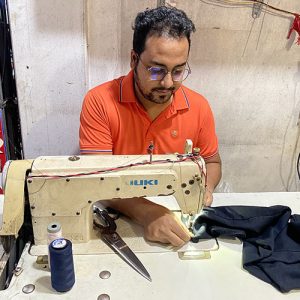
I love to sew and write! I have been doing both for many years and enjoy sharing my passion with others. I have written for both online and offline publications including Amazon and Medium, and I enjoy sewing clothes, quilts, and other items.
My writing style is engaging and lively, and I have a knack for delivering complex information in a way that is easy for everyone to follow.
